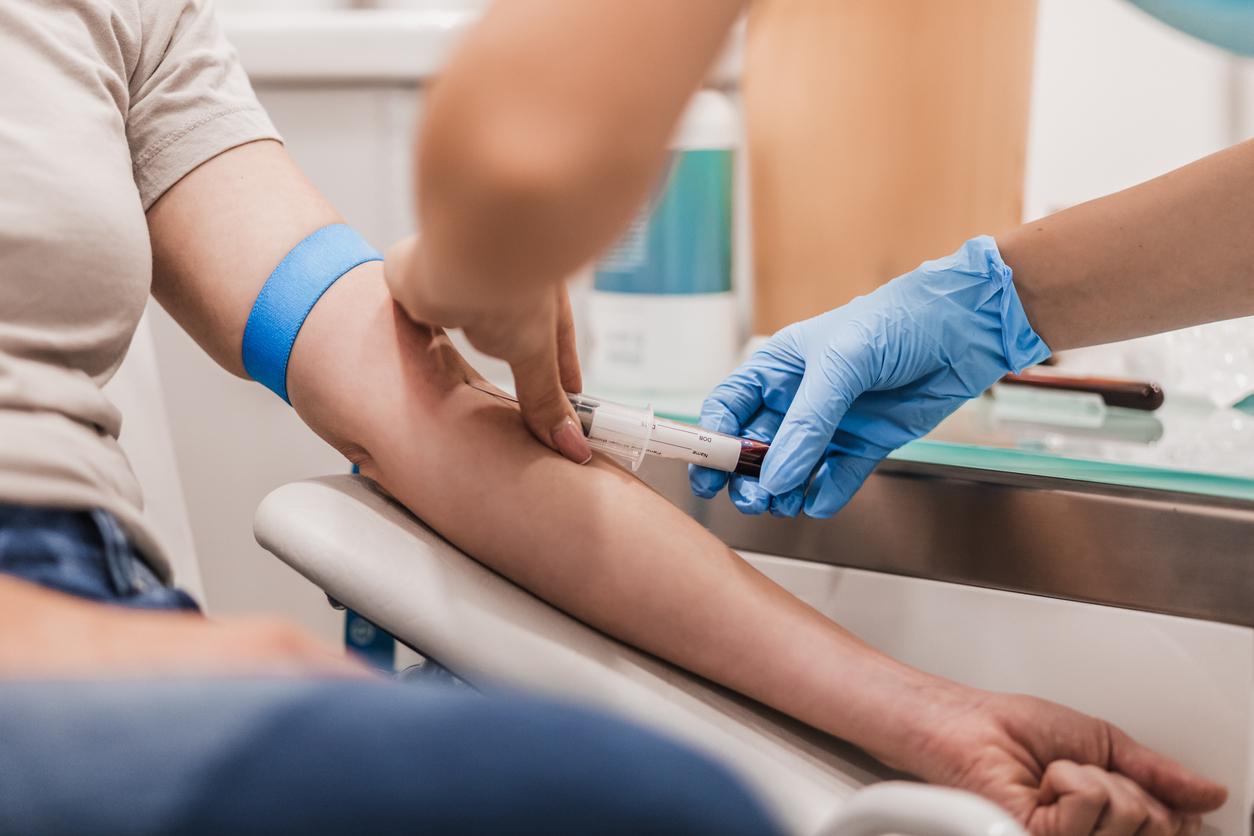Venous disease, chronic and progressive, sometimes requires early management. The testimony of Véronique, 59, followed for 40 years.

A family heredity, working while standing and two maternity wards: three risk factors for venous disease are combined by Véronique. At the end of a sclerotherapy/laser session, she testified: “I did preventive work by getting treated at a very young age, this allowed me to avoid very knotty varicose veins, swelling of the legs at the end of the day and even phlebitis. It’s important to have done it and today, at 59, I have many series of injections behind me.
This patient began the management of her venous disease at 19 years old. “I knew it was hereditary because my mother had varicose veins and my father had a problem with capillaries”, she says. Heredity is indeed the first of the risk factors in venous disease.
Heredity, the first risk factor
“When you have a relative who has varicose veins, you have a 50% risk of having them; and when both parents have it, the risk is 90%”, confirms Christelle Bougard, vascular doctor and phlebologist. This predisposing factor mainly results in a very early onset of the disease. “When there is a family heredity, venous insufficiency can appear young, some patients have small varicose veins from the age of 20”explains the practitioner.
On the other hand, this family history has the “advantage” of sensitizing those who are concerned to the early management of the signs that can announce the venous disease. “People come to consult because they are embarrassed, or when they have a family history of complicationssays Dr. Bougard. Otherwise, a majority of consultations for venous insufficiency concern people in their forties..”
Stagnation of blood in the veins
The other risk factor for this patient is her job, which requires long standing periods. “I am a beautician and I have been trampling for 40 years, it is not ideal!” For people who suffer from venous disease, trampling aggravates the effects of the pathology. By reducing the ability of the venous system to ensure a good return of blood to the heart, it causes blood stagnation in the veins whose walls, weakened by this additional pressure, lose their elasticity. This is what causes the symptoms of heavy legs or the appearance of varicose veins. The fact of standing for a long time, like all the postures corresponding to too much sedentary life, risks amplifying the evil. Hence the importance, before treatments to make varicose veins disappear, of a follow-up that can be accompanied by a prescription for venotonic drugs or compression or compression devices.
During pregnancy, the role of progesterone
If more women than men suffer from venous disease, it is largely related to pregnancy. From the first weeks, a hormone, progesterone, is secreted to strengthen the flexibility of the uterine tissue. But this hormone also acts on the venous walls and thus increases the risk of varicose veins. Then, the increase in the volume of the uterus and the weight of the fetus can compress the veins and aggravate the disorders. “During my two maternity wards, new varicose veins appearedconfirms Véronique, and I was followed each time to avoid phlebitis”. The patient was also treated three months after each delivery to remove small varicosities.
Below, Véronique’s testimony:
.

















